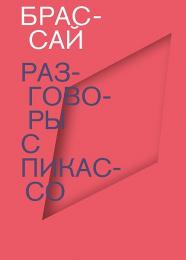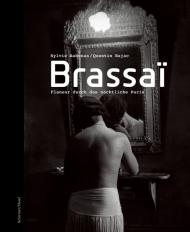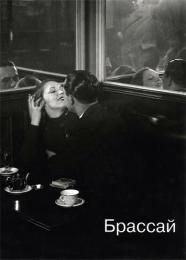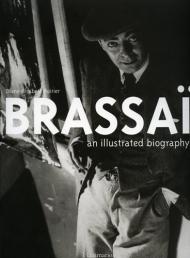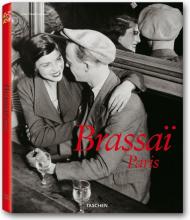«Брассай – живое око», - написал Генри Миллер. Сказанное справедливо не только потому, что автор этой книги – один величайших фотографов. Его взгляд – это взгляд художника, которого ничто не оставляет равнодушным и от которого ничто не ускользает. Но мир слишком разнообразен, чтобы Брассай мог ограничить себя каким-то одним способом выражения. Он оставил нам творения фотографа, но также и художника, рисовальщика, скульптора, кинематографиста и писателя.
Одно из его первых литературных произведений – «История Марии» – представляет собой удивительный эксперимент. Брассай записал свои беседы с домработницей так живо и с таким искусством, что у читателя возникало ощущение, что героиня книги ему давно знакома. А потом он повторил удачный опыт, но уже не со скромной женщиной, а с великим Пикассо.
В замке Буажелу Брассай фотографировал скульптуры художника при свете фар его «испано-сюизы». Он знал Пикассо в те годы, когда тот жил на улице Боеси. И потом, когда художник перебрался на улицу Гранд-Огюстен. И наконец, Брассай приезжает к нему на Лазурный берег. Центральную фигуру окружают близкие и друзья: Превер, Элюар, Реверди, Сартр, Камю, Кокто, Мишо…
Книга изобилует всевозможными историями, и Брассай, обладающий даром рассказчика, передает их во всем блеске и обаянии. В то же время, его книга – это глубокий анализ, доносящий до читателя масштаб дарования Пикассо и проблемы, с которыми художник сталкивался в своем творчестве.
О гениальном художнике написаны десятки книг. Но ни в одной из них он не предстает перед читателем настолько живым, непосредственным и понятным, как в «Разговорах с Пикассо».
Брассай (1899-1984) родился в городе Брашов в венгерской части Румынии. Во Францию приехал после Первой мировой войны. Вначале увлекался живописью, был близко знаком с Генри Миллером, Мишо, Райхелем и многими другими. Славу ему принесли его первые фото ночного Парижа, после чего Брассай сделал окончательный выбор в пользу карьеры фотографа. В его наследие, кроме прочего, входят эссе о Пикассо, Миллере и Марселе Прусте.
